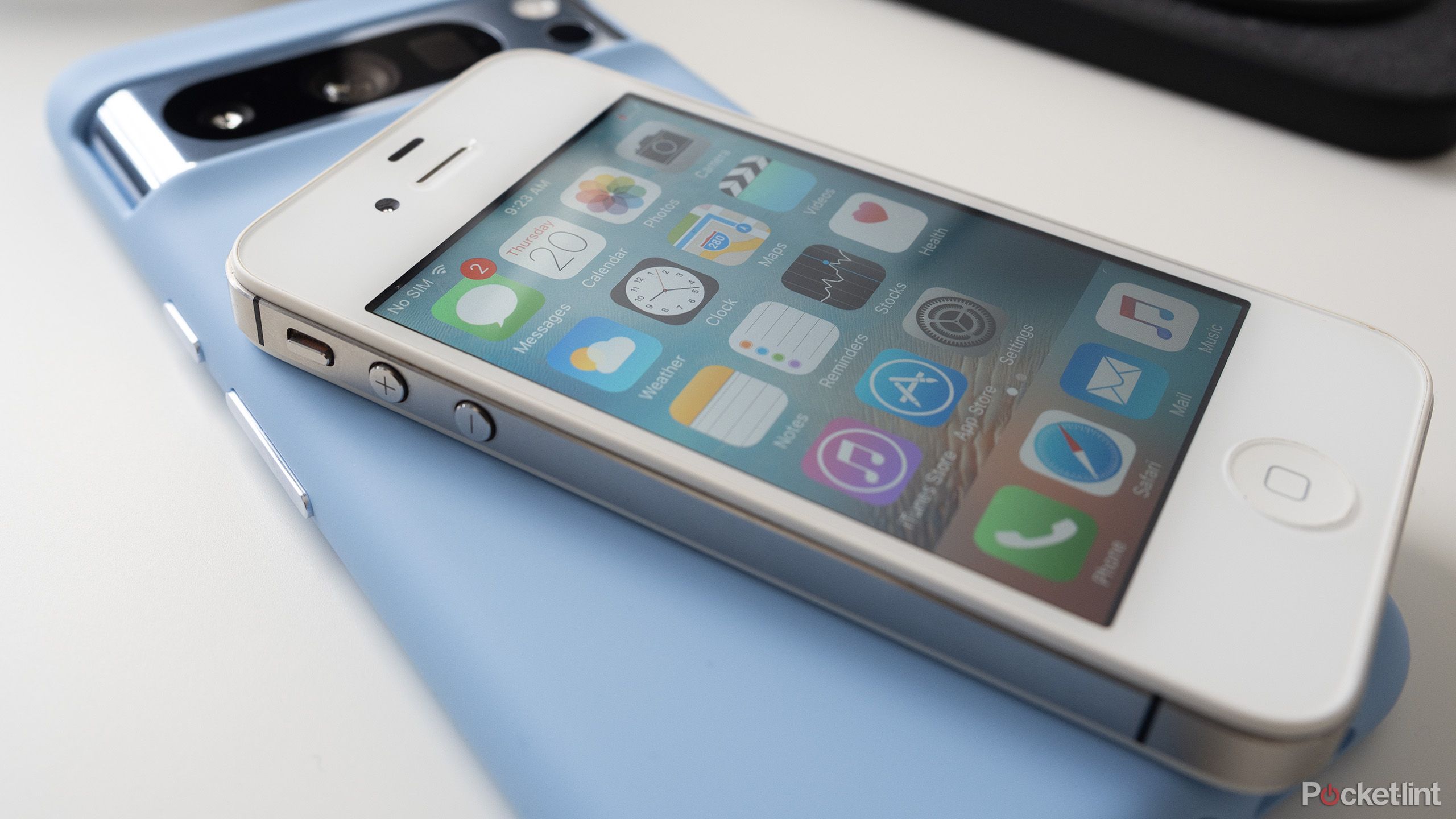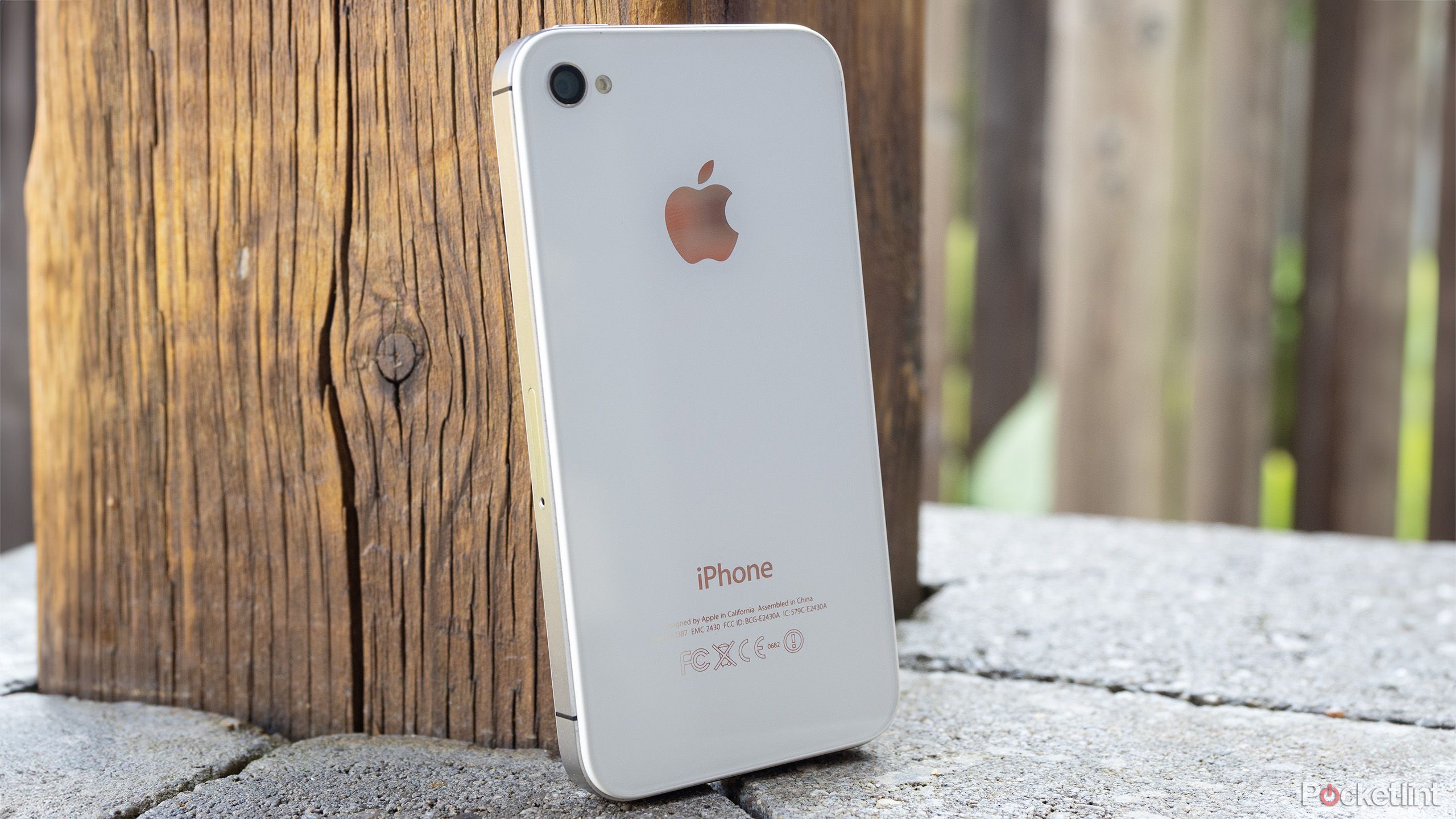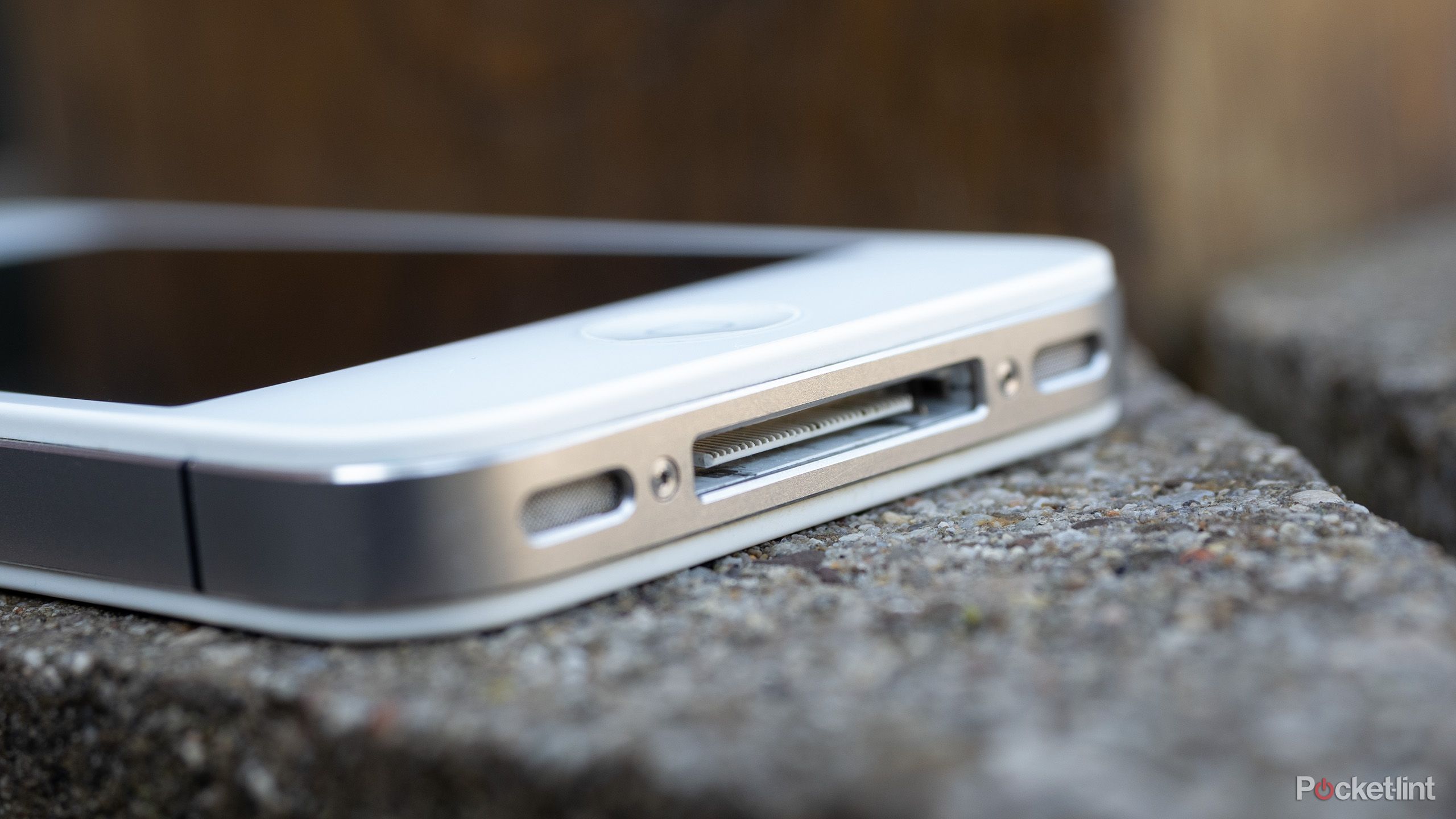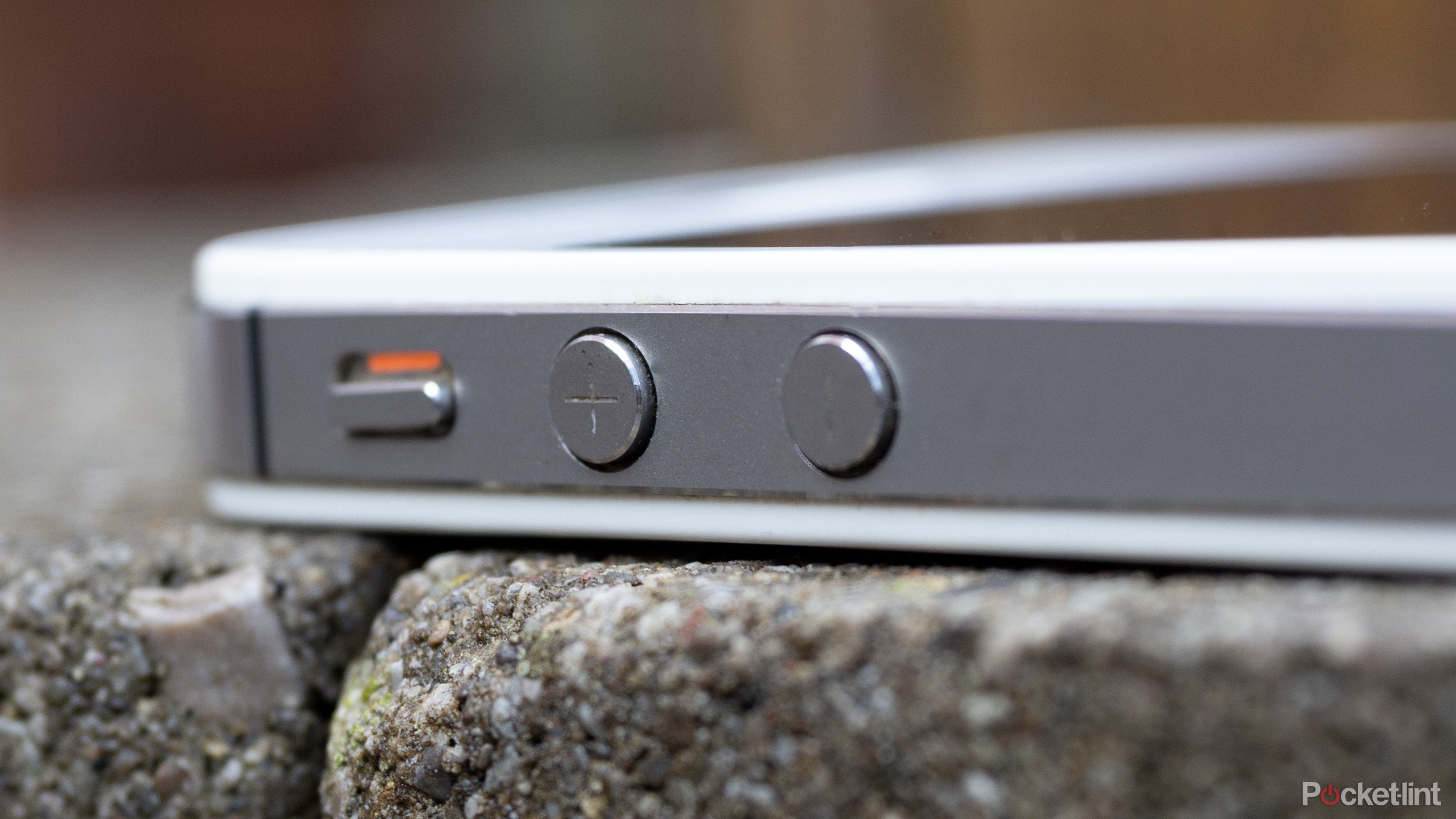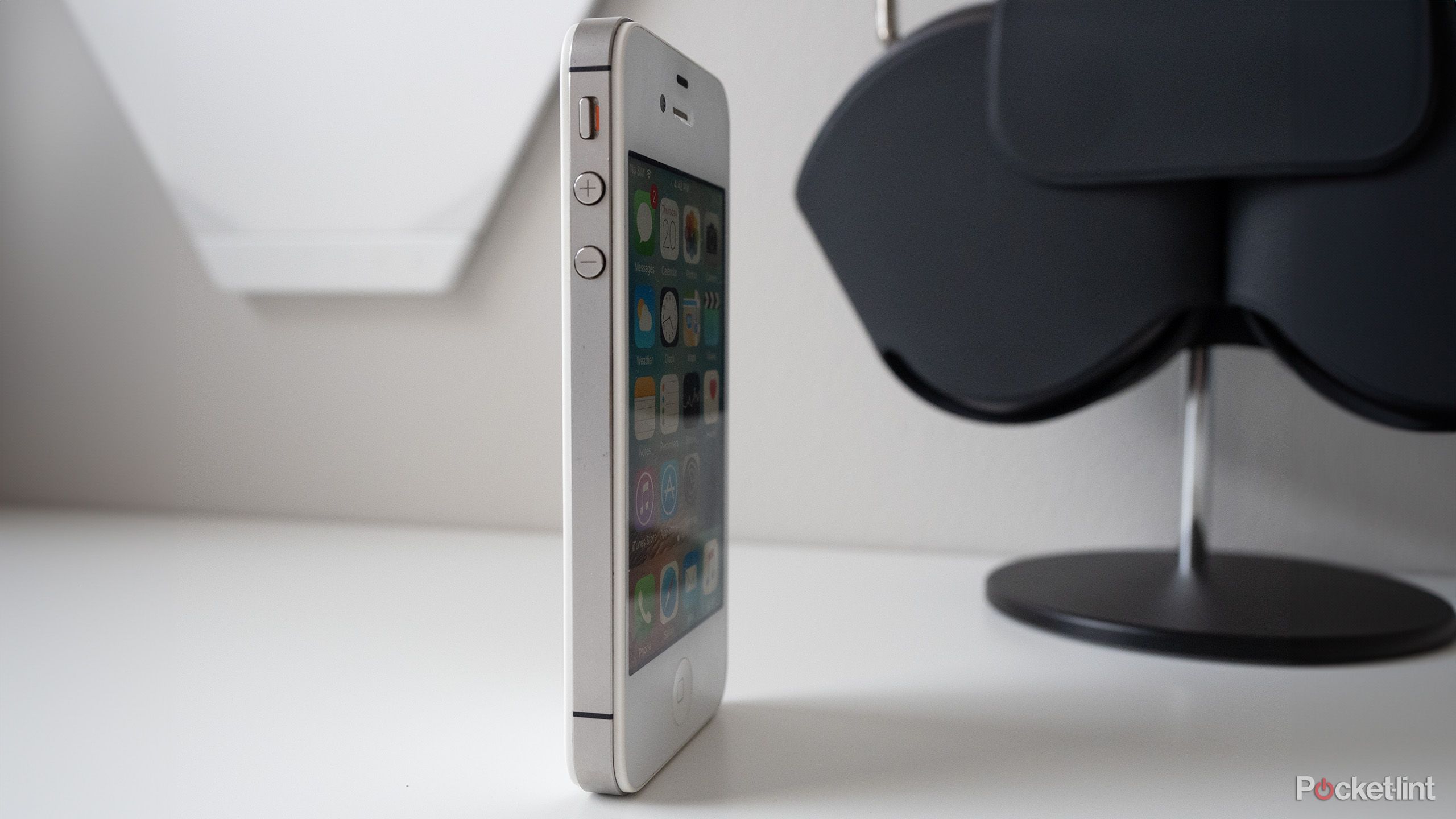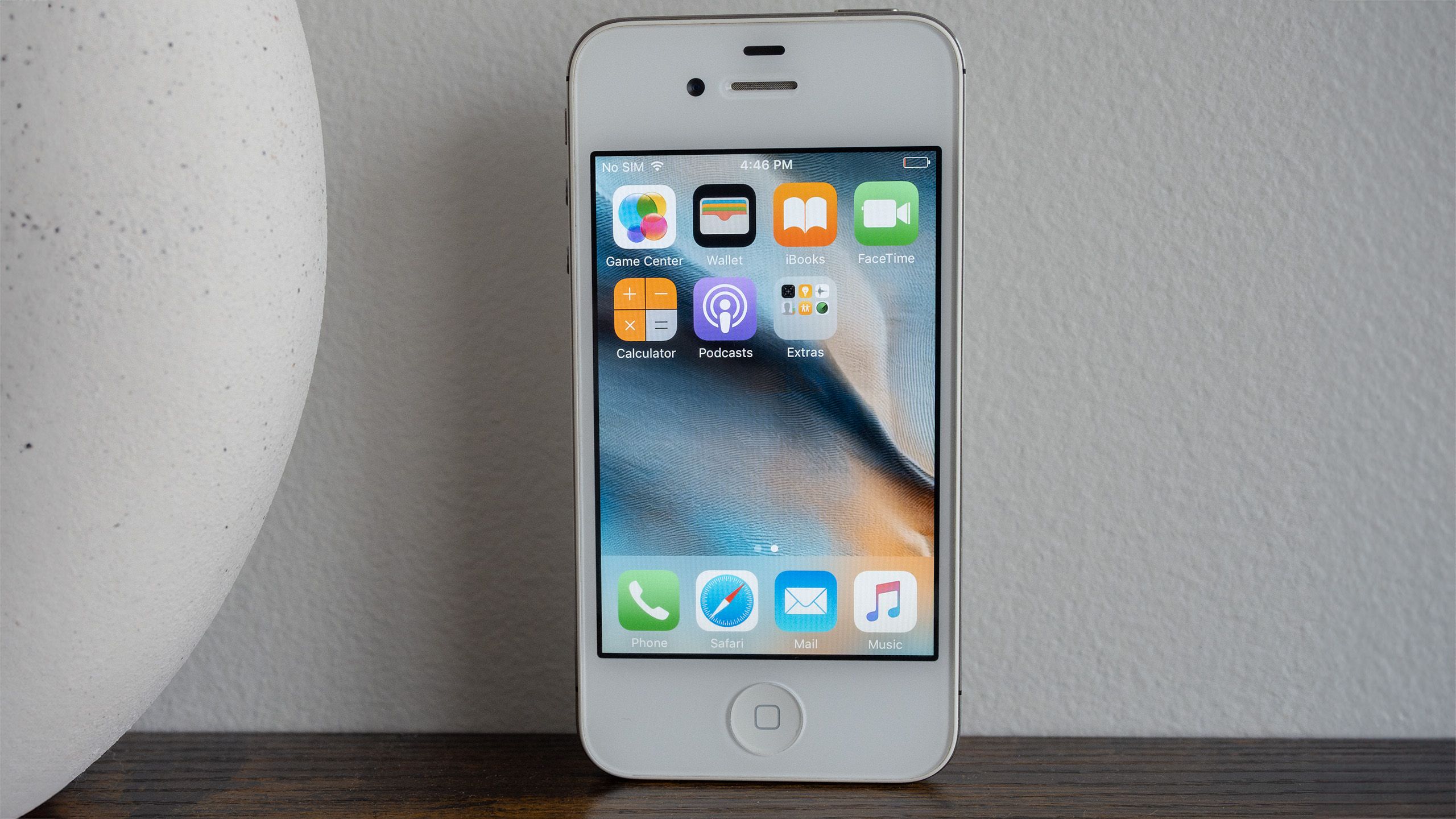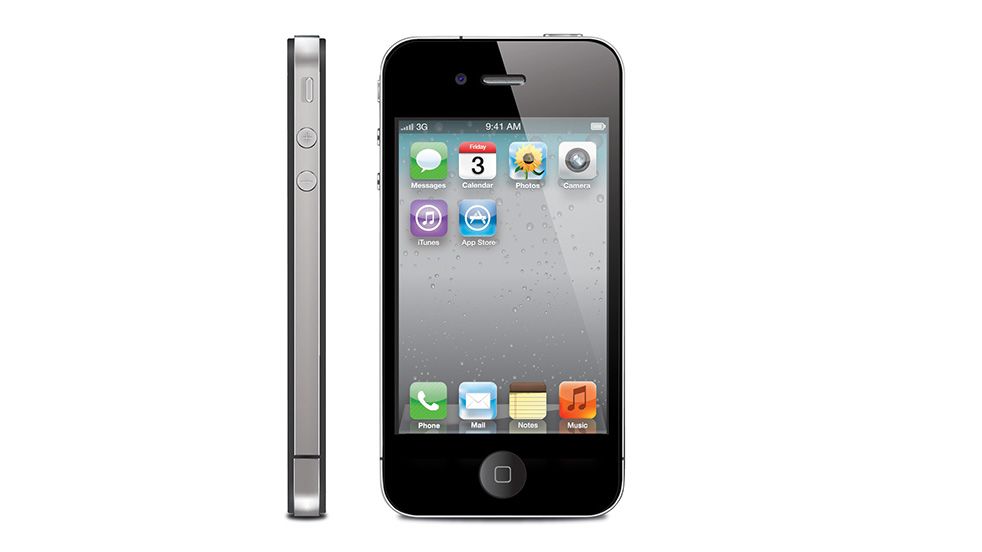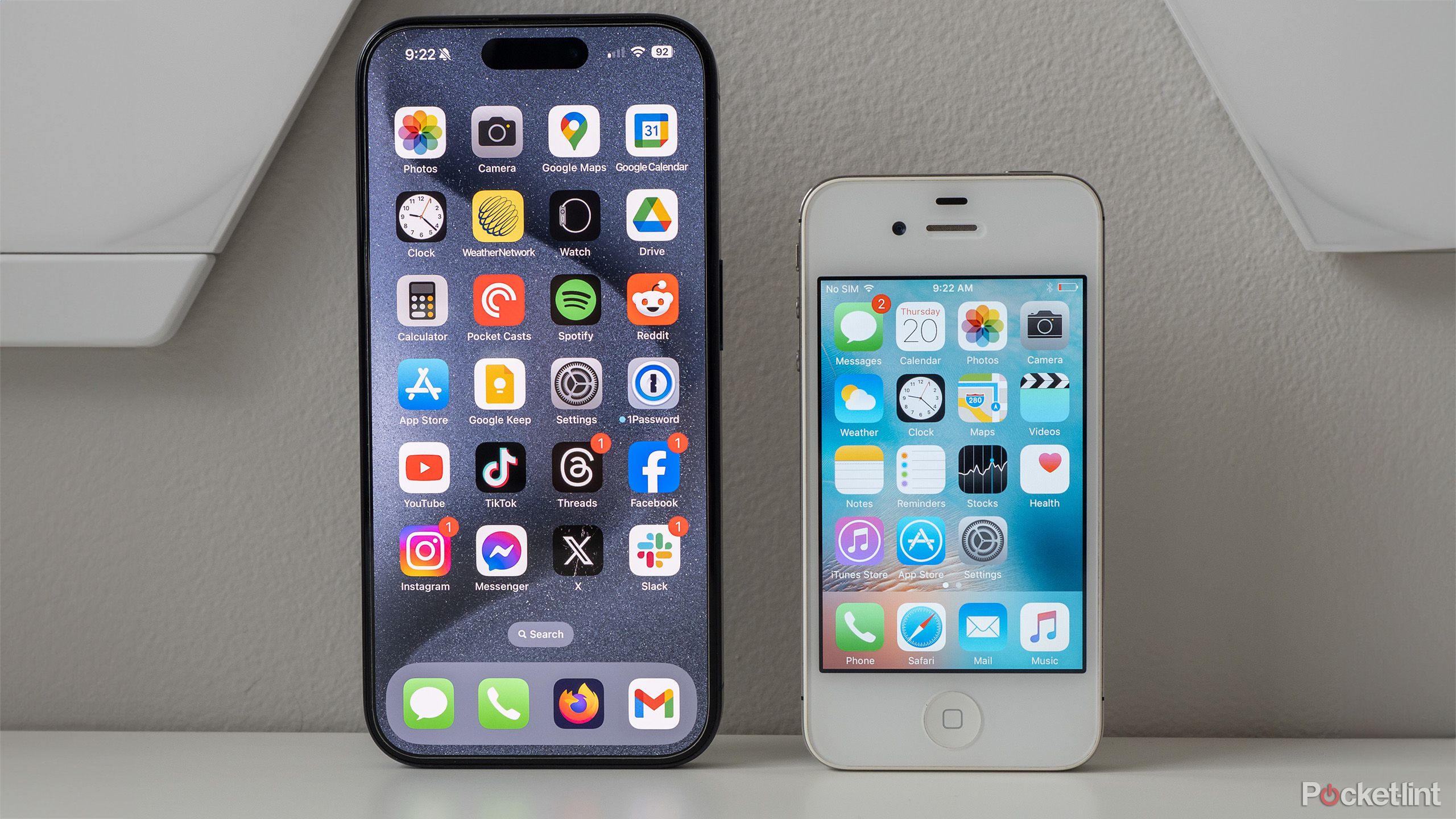rewrite this content and keep HTML tags
Key Takeaways
- Apple's iPhone 4s design remains iconic and features a surprisingly solid build.
- The iPhone 4s features underwhelming specs by modern standards, but back in 2011, it was a powerhouse.
- The iPhone 4s' camera is particularly impressive (even today), especially under good lighting conditions.
Even in 2024, Apple's iPhone 4s remains a stunning-looking smartphone.
Everything from its glass rear to the stainless steel band that wraps around its sides still feels surprisingly high-end. Back in 2011, subtle design flourishes like this helped make Apple's flagship stand out in the increasingly crowded smartphone market, especially as plastic Android devices began to appear on the scene in abundance.
In short, the iPhone 4's and iPhone 4s' blocky design is iconic. In stark contrast to the modern iPhone, which lags behind most Android manufacturers when it comes to screen resolution, flashy features, and, depending on who you ask, overall design, back in the day Apple's iPhone aesthetic was leagues ahead of the competition — and most importantly, very exciting.
I don't have an iPhone 4, so the focus of this story is the iPhone 4s, but both smartphones look nearly identical. In fact, as far as “s” jumps go, the jump between the iPhone 4 and the 4s is the definition of the phrase “just a spec bump.”
Whether you used the iPhone 4 back in the day or were firmly planted in the burgeoning world of Android at the time, most would likely agree that the device's design and features significantly influenced the broader smartphone industry. Let's take a look back at one of Apple's most iconic smartphones, the iPhone 4.
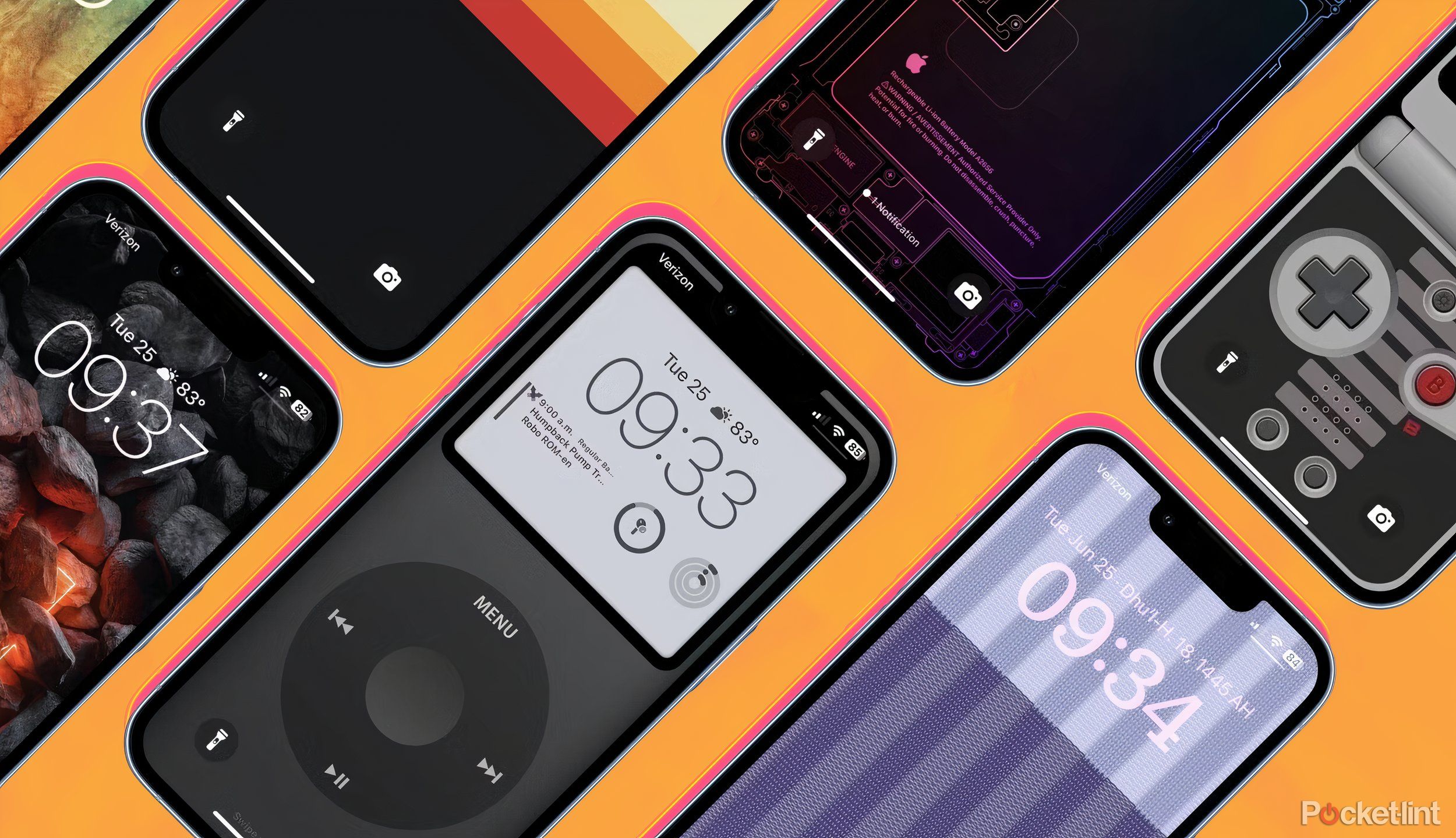
Related
3 of my favorite iPhone wallpapers, and where to find more
There are plenty of iPhone wallpapers out there, but how do you truly find the best of the best?
The iPhone 4s' design was industry-leading
It's more than just nostalgia
The iPhone 4s feels solid and brick-like, but in a good way. The device has a sense of weight to it that smartphones of the early 2010s lacked, making me instantly fond of it back when it first launched. Its stainless steel sides are also still a joy to run my fingers down, and remind me why I liked the shift back to this squared-off feel with the more recent iPhone 12. The stark angles not only look cooler, but they also make the iPhone 4s easier to hold, especially with one hand.
I'm even a fan of the small plastic rim that extends outward from the steel sides. It adds a dose of personality and variety to the look that's lacking from modern iPhones, particularly the iPhone 15 Pro. There's a reason it took several years for Apple to ditch this brick-like design entirely, with 2016's first generation iPhone SE still offering a similar overall look.
I'm also a sucker for the old Apple 30-pin connector. Sure, it's clunky and pressing its two side buttons to remove the cable from the iPhone can be a chore, but it also locks securely in place in a way that Lighting and USB-C just aren't capable of. I'm glad I still had a very yellow, borderline rotting 30-pin cable sitting at the bottom of my massive cable bin. While I throw a lot of extra cables out, I have a rule that I keep one of every charging cord (especially weird ones), just in case I end up needing it at some point in the future.
It's worth mentioning that the iPhone 4s also features a recessed rear camera, allowing it to sit entirely flat on a table. I wish Apple would go back to this seamless design, instead of the massive camera bumps the company has included in its iPhone for the last few years. I know modern iPhones feature far more advanced camera tech and multiple lenses, but just make the device a little thicker to accommodate the lenses. Apple could also pack in a bigger, longer-lasting battery that way.
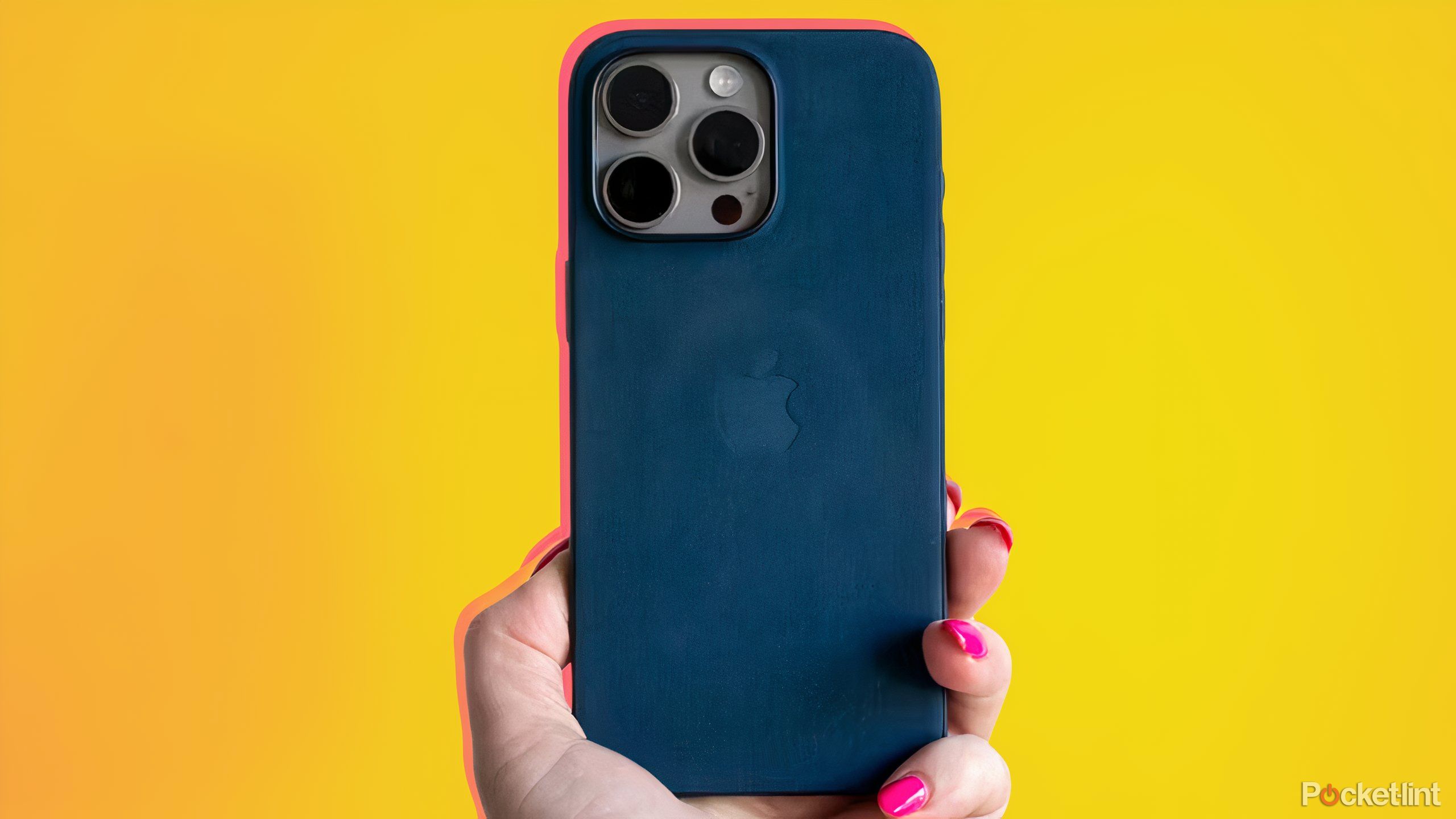
Related
Best iPhone 15 Pro Max cases — max out potential with a protective shell
Giving the newest Apple Pro handset five stars, we think the beautiful 6.7-inch device is worth the investment. So give it the protection it deserves.
The iPhone 4s features dismal specs by modern standards, but it was a powerhouse
Imagine a modern smartphone with just 8GB of storage?
The iPhone 4s also offered impressive specs for its time. These include a 640 x 960 (330ppi) pixel resolution IPC LCD Corning Gorilla Glass display that still looks surprisingly decent, but a little pixelated in 2024, Apple's A5 chip built on 45nm technology, and a measly 8GB of storage to start (the iPhone 4s' storage maxed out at 64GB). Imagine working with this amount of space today? You could likely install only a handful of modern apps on your device. Sticking with this theme, the amount of RAM in the iPhone 4s is shockingly low at just 512MB, so you won't be doing much multitasking with this ancient smartphone.
On the camera side, the iPhone 4s features an 8-megapixel, f/2.4 sensor and can shoot 1080p video at 30fps. The front camera, on the other hand, is 0.3-megapixel and can only shoot 480p video at 30fps. I spent a bit of time playing around with the iPhone 4s rear camera, and it performs admirably by modern standards, particularily under great light conditions. In fact, I'm shocked at how good the iPhone 4s' camera still is. The pictures above look great, especially for 2011 smartphone camera tech.
The experience falls apart to some extent when you attempt to take photos indoors under low-light, with images looking like a grainy yellow mess. But for its time, the iPhone 4s took some of the best smartphone photos of its time, alongside the Galaxy Nexus and HTC Sensation.
Finally, it's worth pointing out that the iPhone 4s still features a 3.5mm headphone jack alongside its 30-pin connector, so you can still plug in your favourite wired headphones and listen to music in wired glory. Apple didn't ditch the physical port until the iPhone 7 in 2016.
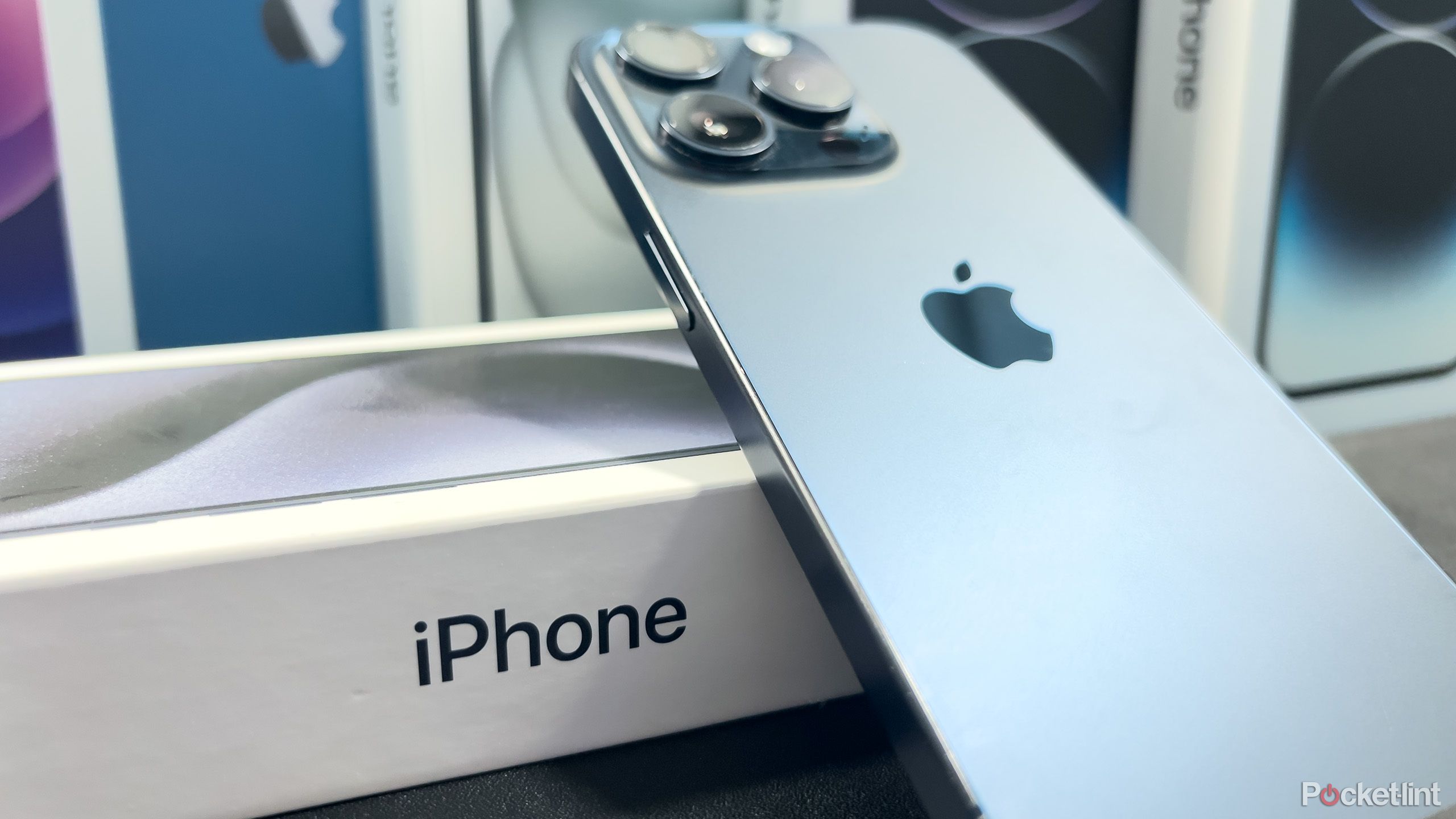
Related
How to know how much storage you need when buying a new iPhone
Internal storage or iCloud? We breakdown everything you need to consider regarding storage when buying a new iPhone
This iPhone 4 is why I don't throw tech devices away
Retro phones are fun to look back at, but they aren't very useful in 2024
While it's fun to reminisce about the iPhone 4s, you can't really do much with it today. Sure, I could hunt down a standard SIM card adapter to make my Nano SIM work with the ancient phone, but why would I want to? You also can't install apps from the App Store (or even browse the App Store for that matter), actually using the smartphone is painfully slow (how did we put up with this much lag 2011?), and at least in my case, the battery is absolutely shot and only lasts a few hours.
However, you can still use stock Apple apps like Weather, Clock, Notes and Calendar, which is fun if you want to take a trip down iOS memory lane and check out iOS 8.
Even getting the iPhone 4s up and running was a bit frustrating because it required me to plug it into my Mac to reset it because there's no option to input password verification with iOS 8, and Apple's fixes didn't work (iOS 8 is extremely cool-looking, though).
By now, you might be wondering how I uncovered this relic from a bygone smartphone era. While moving my at-home office to my basement, I dug up my long-forgotten bin of old smartphones, which happened to include my partner's iPhone 4s (roughly a decade ago, I wouldn't let her throw it out). I also uncovered several retro Android devices I might cover in the future.
Back in 2011, I was all-in on Android after being scorned by a faulty iPhone 3Gs with a broken mute button and several other issues. But even as I played emulators and installed custom Android skins on my Desire HD, I admired the iPhone 4s from afar, secretly wishing I didn't make the jump to the HTC-made device's great-looking 720p screen that resulted in awful battery life.
The iPhone 4s' design lives on today
You can see the iPhone 4 in the iPhone 15
Remember those squared-off edges I raved about earlier? You can still find them prominently featured in the iPhone 12, the iPhone 14 and the iPhone 15 series, though recent rumours point to Apple possibly going back to rounded corners with the iPhone 16. Beyond that, there are button placement similarities, including the volume buttons and mute/action button, though the iPhone 4s' power button sits on its top instead of the side. I wish Apple would go back to this button design. Of course, there's no Home Button on modern iPhones and the Dynamic Island is nowhere to be found on the iPhone 4s (also, take in those chunky bezels).
The iPhone has changed a lot over the years, but at the same time it also hasn't, and it's fascinating to look back at one of the smartphone line's more memorable entries. Did you enjoy this look back at one of Apple's most iconic smartphones? Let us know in the comments below.
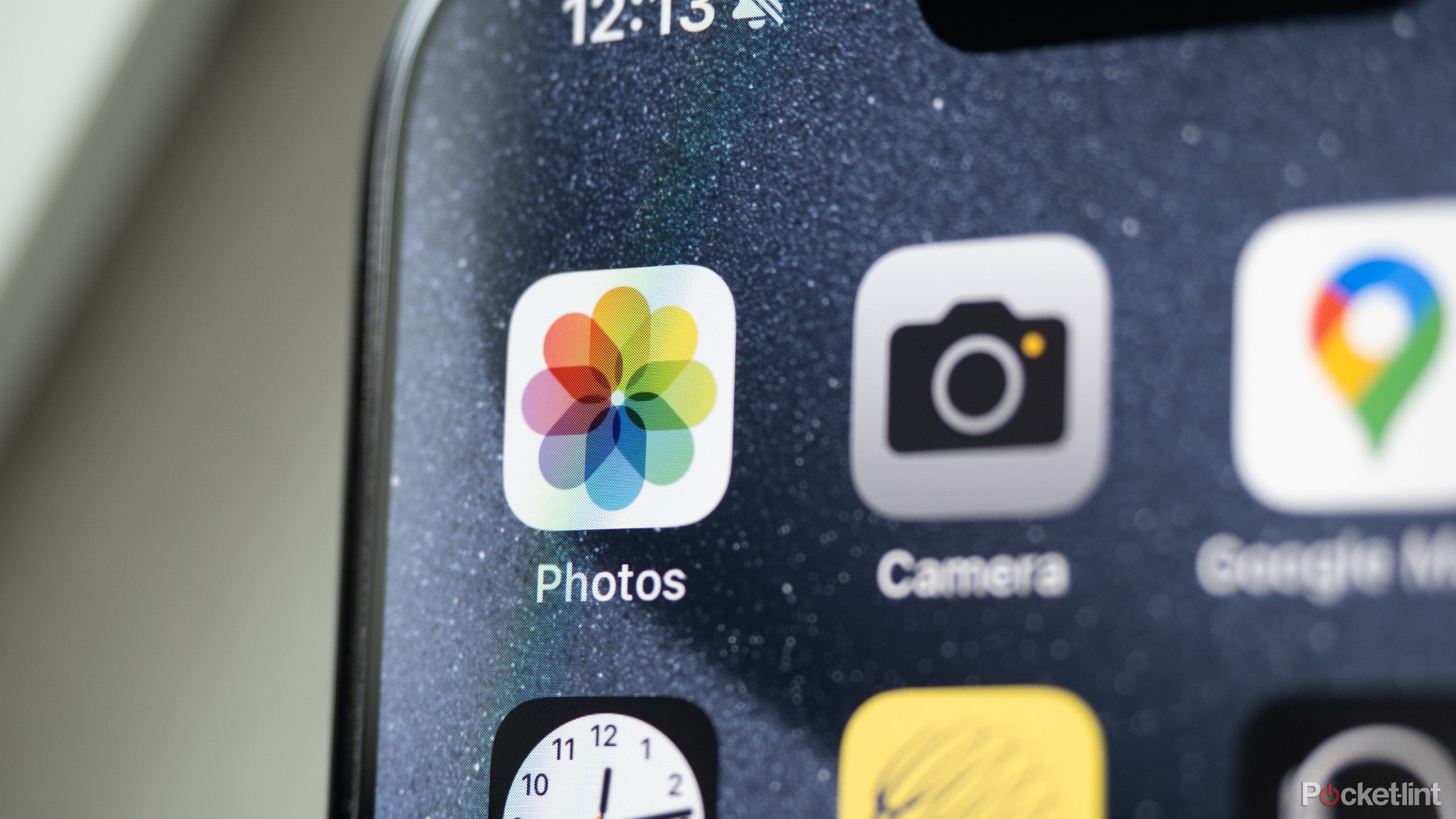
Related
How to hide a photo and create a hidden album on iPhone
When you hide a photo, it doesn't end up in the trash, but it also won't show up on your camera roll, widgets, or memories.

